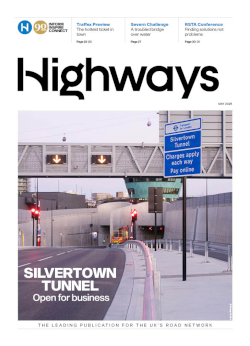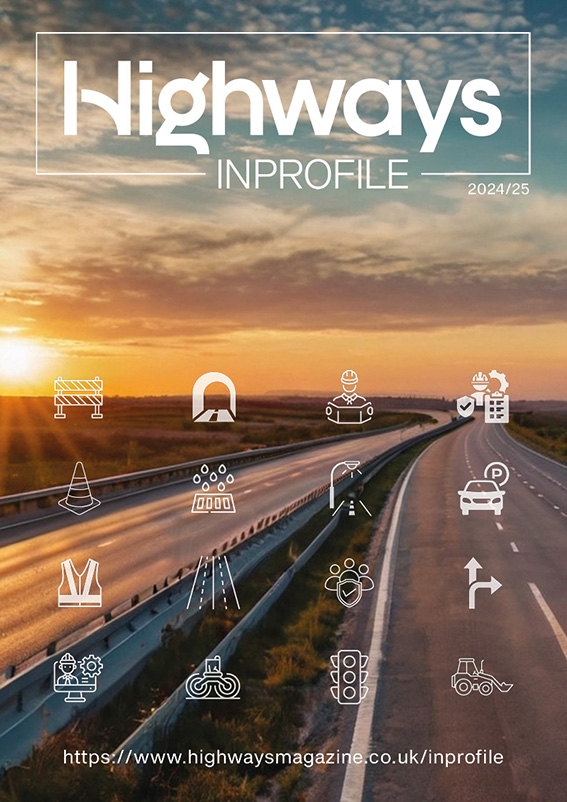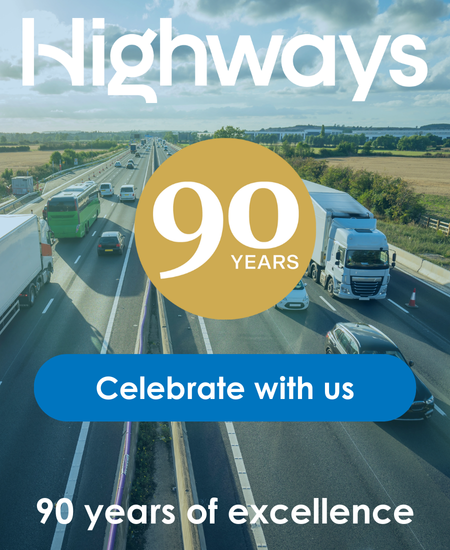The company says that its revenue was '987 million in 2016, a 2% decline compared with '1,007 million in 2015. However its gross result increased by 9% to '566 million (2015: '519 million), mainly, it says, due to a change in its product mix.
Gross margin was 57% compared with 52% in 2015. EBITDA reached '141 million, an increase of 14% compared with 2015 (2015: '124 million). At the end of 2016, the net cash position was '133 million (2015: '98 million).
In the report, CEO Harold Goddijn commented, "At its heart, TomTom is a software technology company. In the beginning, our software ran predominantly on specific devices and we still develop device software but, these days, most of our software runs on servers in the cloud, often at scale.
"When our world-leading traffic service started to use location traces (probes) from vehicles, we got into 'big data' before the term became popular. We receive data probes from half a billion sources every day and with this, TomTom will help cities to become Smart Cities. We now offer current and historical traffic information in 54 countries around the world."
He adds that autonomous vehicles are a real opportunity for the company, "We are partnering with technology companies to position TomTom as a leading technology supplier for the future of driving. In 2016, we partnered with NVIDIA to develop artificial intelligence to create a cloud-to-car mapping system for self- driving cars.
"This is an important step for TomTom and will enable us to propose new features to automakers faster, and therefore to make Autonomous Driving a commercial reality sooner."
He adds that the consumer business is transitioning from a declining PND market to a growing Sports business, with the PND market declining faster than expected in 2016, leading to the decision to realign the Consumer business accordingly.
You can read the whole report here.





